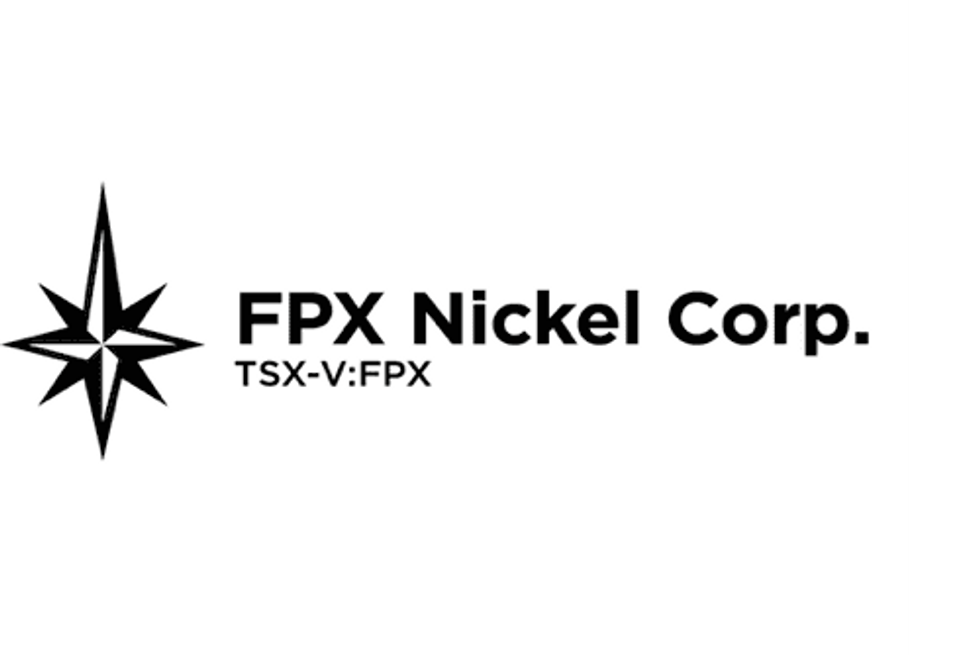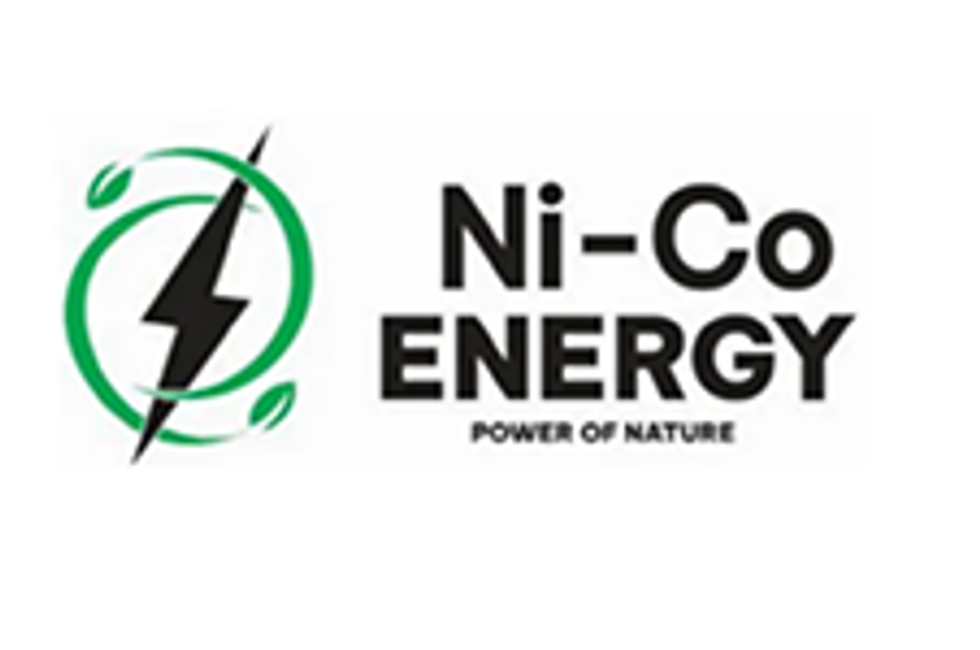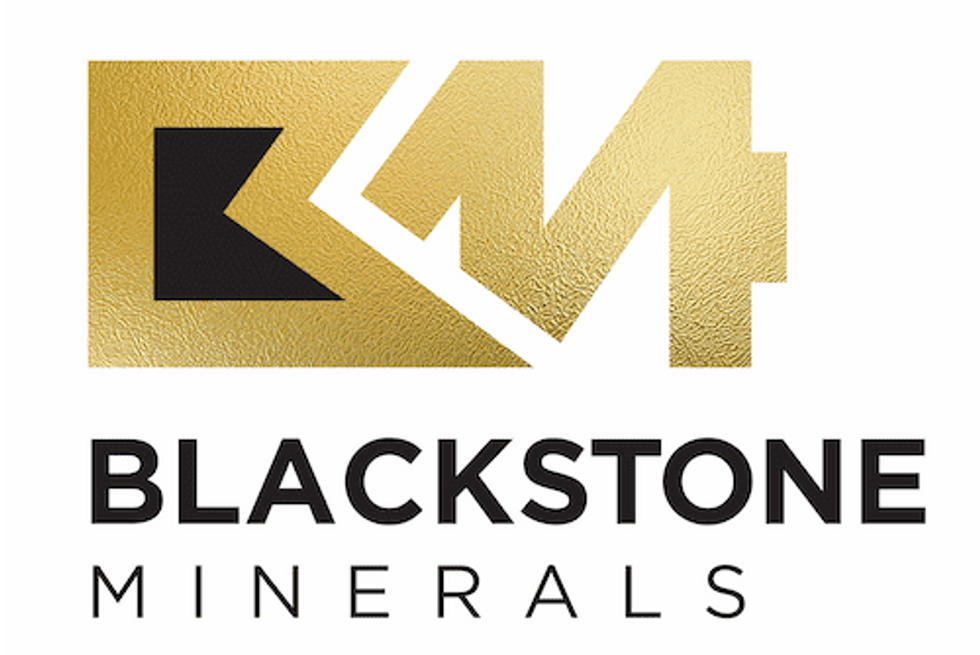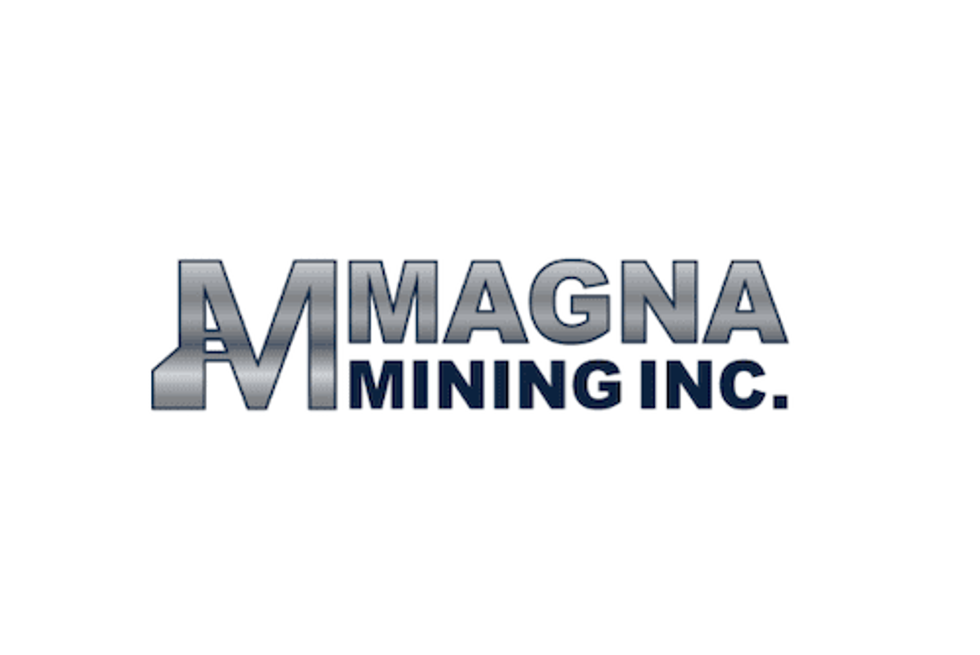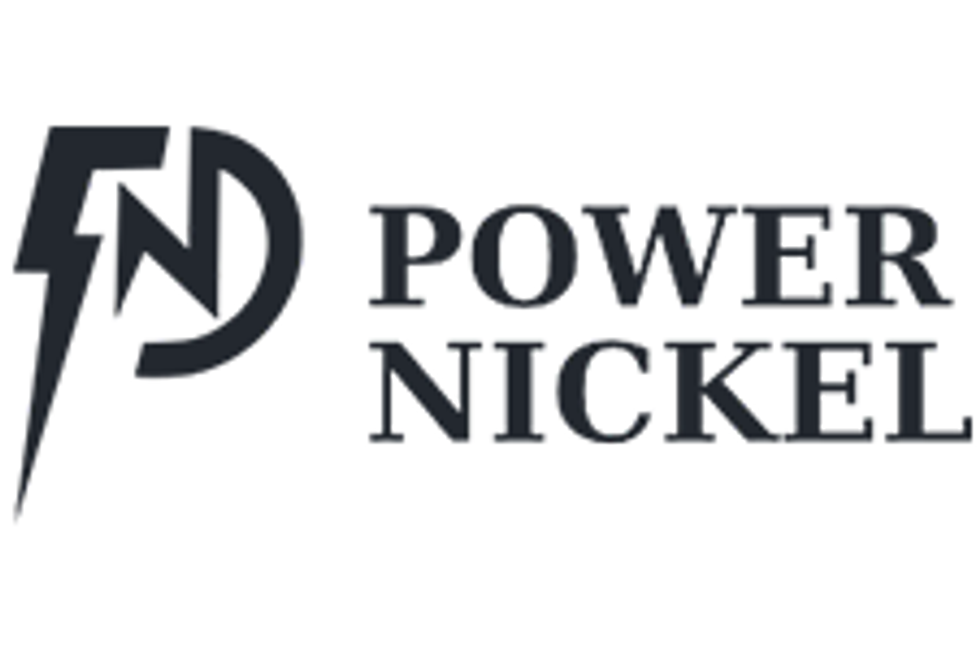
Interest in nickel investing is on the rise, and many investors want to jump into the space. Learn key facts about the metal beforehand.
Nickel is a base metal commonly used in the production of stainless steel products, ranging from electrical to construction to engineering.
It is also used in lithium-ion batteries, which are critical to electric vehicles (EVs). As EV demand rises, nickel is attracting interest from market watchers who are wondering how they can take advantage of the metal’s potentially positive outlook.
To help investors interested in nickel investing get an understanding of all the different things there are to know about nickel, we’ve put together a brief overview of five key facts about the base metal.
1. The Philippines produces the most nickel
The Philippines produced 500,000 MT of nickel in 2017. Russia, Canada and Australia also produce large quantities of the base metal; however, the Philippines still leads the charge by far.
Due to this disparity, the nickel price can be affected by political volatility in the Philippines. For example, in 2017, nickel prices shot up when the country shut down mines for environmental reasons. Prices then decreased some months later when the Philippines announced that the closures would cease and mining would resume. For those keen on nickel investing, these developments are key to consider.
2. Nickel prevents corrosion
As stated above, nickel is used in the production of stainless steel. That is because it is resistant to corrosion; in contrast, some other types of metals are porous, and therefore rust and break down over time. This can happen due to exposure to seawater, fresh water or or even air. When nickel is combined with other metals, it extends their lifespan, and therefore the lifespan of the overall product.
Nickel is also used to produce corrosion-resistant alloys, which are used in things like mobile phones.
3. There are many nickel applications
Nickel and its alloys are valuable because they offer “strength, corrosion resistance, high ductility, good thermal and electric conductivity, magnetic characteristics and catalytic properties.” Since it’s a very versatile material, there are a lot of uses for nickel. Aside from stainless steel and alloys, nickel is used for nickel coatings and platings, and, as mentioned, in lithium-ion batteries. The base metal is used in just about every industry, from engineering to auto manufacturing to aviation to shipbuilding.
It has a history of being used in the production of coins dating back to 235 BCE in China, and has since been used in coin production around the world. Nickel is still used for coins today in Canada, England, Australia and the US, for example. In addition to its versatility, nickel is also cheap and recyclable, which makes it very appealing. All of these qualities create a relatively stable demand for the base metal.
4. Nickel is a part of the EV craze
Like cobalt, lithium, copper and graphite, nickel has found its place in the EV surge that’s taken automakers and battery manufacturers by storm. When it comes to nickel investing, market watchers are crossing their fingers that EVs will stoke the metal’s price.
Nickel was soaring high at $20,000 per tonne in 2014, but took a hit and bottomed out under $8,000 in 2016. Since then, many nickel investors have hoped a comeback would be in the works — some believe that nickel’s place in EVs will be the ticket.
How is nickel used in EVs? Elon Musk, CEO of Tesla (NASDAQ:TSLA), has claimed that lithium-ion batteries should be renamed nickel-graphite batteries due to the composition of their cathodes. Nickel is cheaper than cobalt, another cathode material, and that means as long as nickel remains cheaper, it should retain its appeal in the battery space. This exciting area of demand is still developing.
5. There are different ways to invest
Some market watchers are turning to nickel investing now that the base metal is being used in lithium-ion batteries. Nickel demand has been forecast to grow in the coming years, as battery makers look to nickel more and more as a cheaper material for manufacturing.
Investors can get into the nickel space by investing in individual nickel mining stocks, or in nickel ETFs.
Some of the ETFs on the market include: iPath Dow Jones-UBS Nickel ETN (ARCA:JJN), iPath Series B Bloomberg Nickel Subindex Total Return ETN (ARCA:BJJN), and iPath Pure Beta Nickel ETN (ARCA:NINI). Investors should note that iPath Dow Jones is scheduled to be delisted as of March 2018.
Are you interested in nickel investing? Let us know what you think in the comments.
Don’t forget to follow us @INN_Resource for real-time news updates!
Securities Disclosure: I, Amanda Kay, hold no direct investment interest in any company mentioned in this article.
